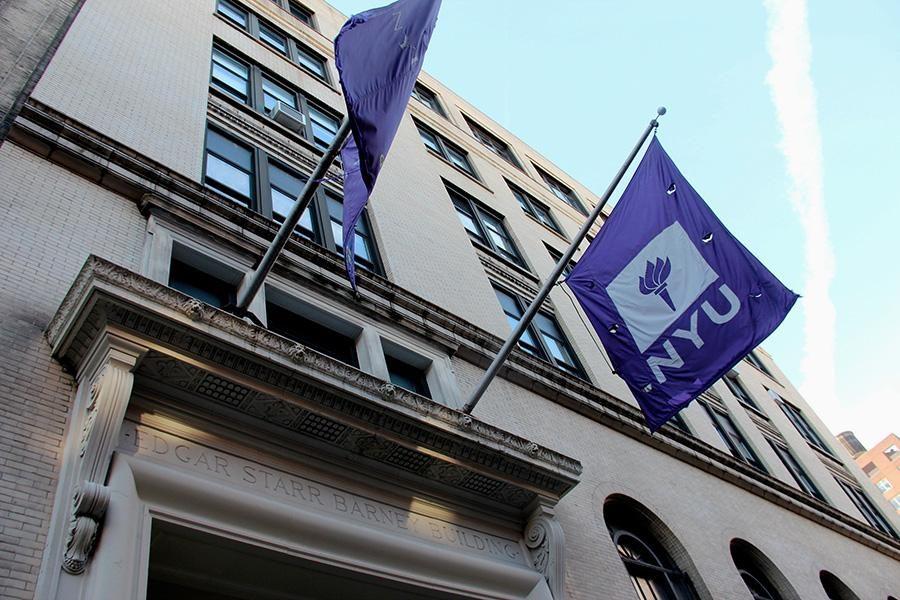Steinhardt named top fine arts school
February 2, 2015
College Factual ranked the studio art program at NYU’s Steinhardt School of Culture, Education, and Human Development as fifth in the nation for fine and studio arts. NYU’s location and comprehensive teaching methods were pinpointed as reasons for its high place on the list.
Studying studio art in New York City offers students several advantages. NYU is close to many famous museums and galleries, some of which offer students free admission. Steinhardt junior Autumn Hamra says this is a reason to study at NYU.
“Having the opportunity to be in touch with the contemporary art world in its physical presence allows for easy viewing as well as the opportunities to intern or work at these institutions,” Hamra said. “It’s never difficult for us to find opportunities to get involved because so many professional art institutions are eager to have us.”
NYU’s studio art curriculum differs from that of other art programs by including a foundation year. Liberal arts and theory courses, in addition to the studio arts courses, allow students like Steinhardt sophomore Isabella Kapczynski to explore the subject and take a more worldly approach towards art.
“Every other art school I visited in New York wanted me to choose a very specific major within the arts before I arrived,” Kapczynski said. “Yet NYU allows and encourages students to experiment and try all mediums before deciding on a major.”
Kate Weigel, who graduated from the program in 2014 and now works as a scenic carpenter, has been a part of two artistic residencies and several
gallery shows.
“At NYU, they are very focused on teaching you to think like an artist; to think critically and to push the limits of their ideas,” Weigel said. “Other art schools are more technical, so the quality of craft in their work is exceptional, but the post-Internet art world we’re living in is, for the most part, conceptually driven.”
The studio arts faculty, which includes sculpture professor Ian Cooper, provides students with opportunities to hone their crafts and even exhibit
their works.
“Our students are prompted to reconcile why they are making what they are making in tandem with how they are making what they are making,” Cooper said. “I can honestly say that our students are a cut above the rest by virtue of being continually challenged to marry concept with process at every turn.”
A version of this article appeared in the Monday, Feb. 2 print edition. Email Natalia Barr at [email protected].
























































































































































